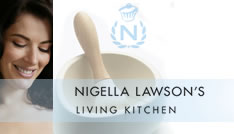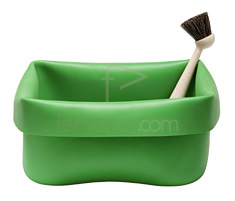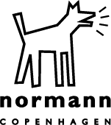|
Behind the design: Ole Jensen, born 1958, designer
One day, while washing up in his kitchen at home, Ole Jensen felt reluctant to put his fragile porcelain and glass straight into the stainless steel sink. He also noticed that the sink's shape was very inflexible in relation to unusual kinds of dishes and tableware, and the idea of a flexible washing-up bowl began to take shape in his mind. The idea was that the washing-up bowl should adapt its shape to whatever object lay in it, so Ole decided to use a flexible material, such as rubber. He then designed the prototype, hand-working the model on his potter's wheel until the shape was right.
In the production of the washing-up bowl, it was important that its hand-kneaded character came to expression and produced that special aesthetic look that we associate with handicraft. The result was very satisfactory - a shape that is both flexible and durable, in a new, strong material that can also be produced in a wealth of colours. This washing-up bowl adds a poetic element to a repetitive and sometimes tiresome routine, and can be characterised as a piece of industrial handicraft.
Like the aforementioned dustpan brush, the washing-up brush is made of Chinese pig bristles bent and glued to the wood. The brush is produced according to old production techniques, and by the time it is finished, it has received the attention of no less than sixteen female hands.
|








